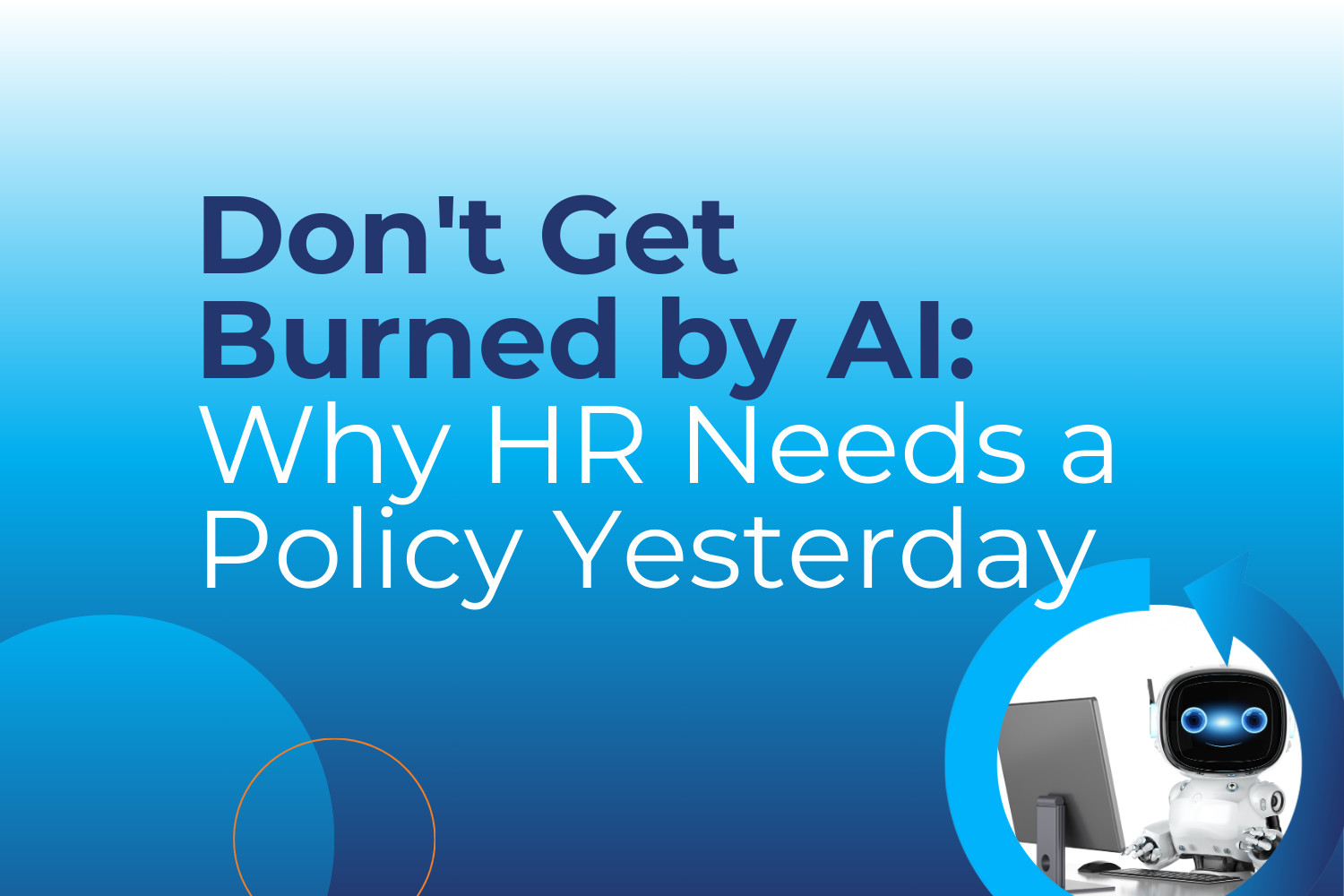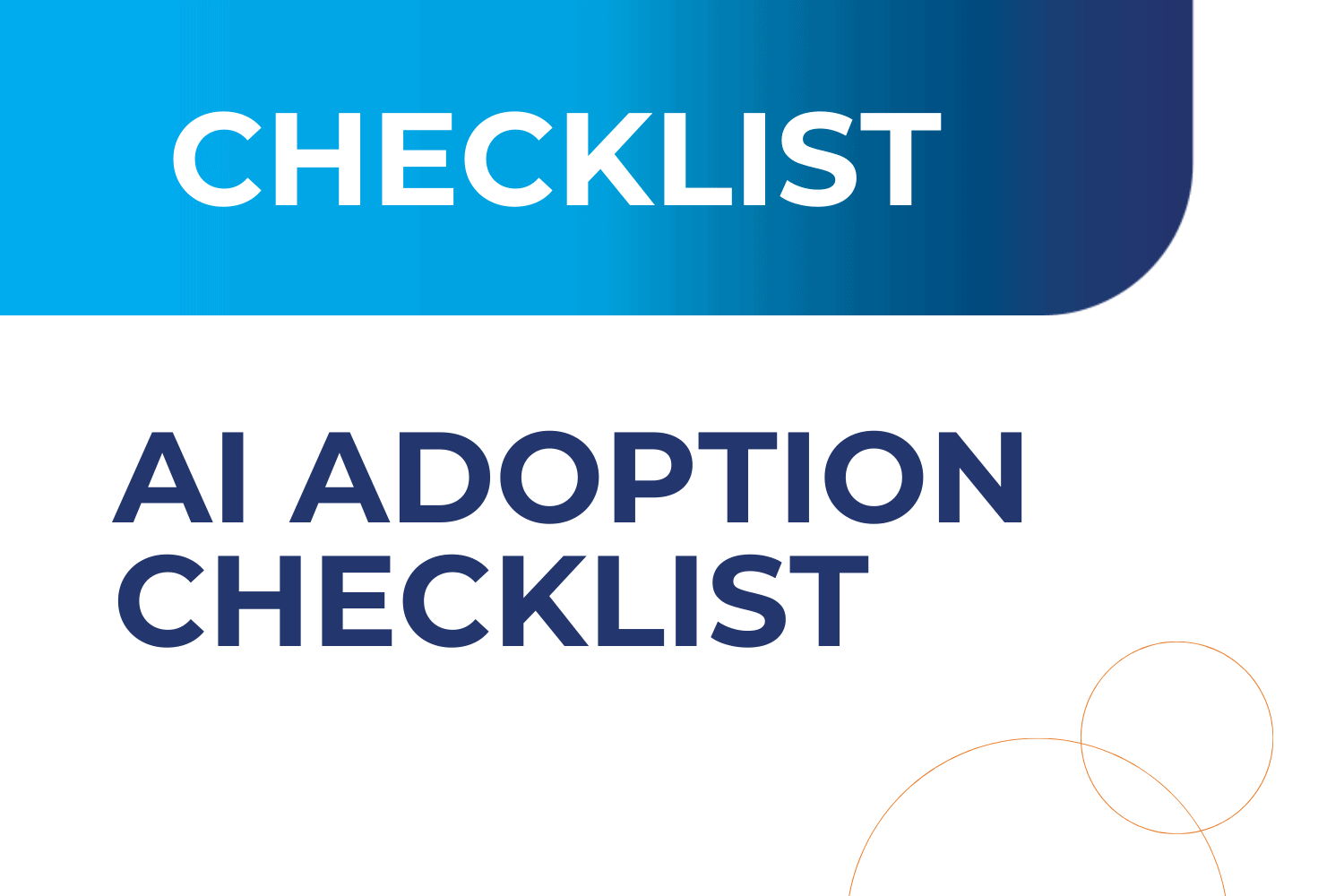Writing a Job Description: Best Practices and Critical Insights from HR Experts

As the year ends, January and hiring season are around the corner. It’s a great time to start writing a job posting for your open roles. But don’t stop there. If you don’t have updated job descriptions for all of your current roles, HR consulting providers like MP suggest getting them done. They can be crucial for many tasks and situations. One thing that may be coming up right now is when workers are returning from leave. If workers are returning from an FFCRA or FMLA leave, a job description can help employers know if the worker can return to work and perform their job duties. Another situation in which writing a good job description helps is when the company is defending against wrongful termination claims. Having documented expectations for a job will certainly help when responding to allegations of discrimination, retaliation, etc. Another circumstance in which job descriptions will help is when the ADA and the interactive process are needed. Writing a job description means that you have something to reference in the interactive process, particularly what job duties are essential and what are non-essential. Lastly, as the Biden-Harris administration is poised to take over, it will be important to create job descriptions to help correctly classify workers as exempt, non-exempt, or independent contractors. This administration is projected to pass a lot of legislation around this topic and employers that improperly classify may have big fines, lawsuits, or worse to answer to. Read on to learn best practices for writing job descriptions.
The Basic Elements in Writing a Job Description
Tasks
Start by visualizing a typical workday. List out the responsibilities in concise, clear language. It is best to list them in order of priority or importance, if possible. While it has been trendy to use buzzwords like ‘ninja’ or ‘rockstar,’ avoid this language. It’s also best to avoid insider terms. Try to use language that anybody would understand, as specialized jargon could confuse or simply turn off candidates. For some of the legal and HR purposes discussed above, the clearer the language, the better. HR services providers recommend describing job duties in a way that everyone can understand and agree on, should you need to discuss them for legal proceedings, the interactive process, etc. You don’t want to waste time and money quibbling with lawyers over what “being the operations guru” really means.
Standards for measuring performance
For the purposes of talent recruitment, stating how you will measure success in this role can be very helpful. What will the ideal candidate accomplish? What will they accomplish in the short term and in the long term? The more specific you can get, the better the results. If you can articulate the exact KPIs you want the ideal candidate to achieve, such as a 50% increase in followers on social media or a 20% increase in new clients, you are more likely to find the candidate who understands what it takes to achieve these goals. Having specific measures of success can help in other ways, too. If you need to use the job description later to defend against an allegation of wrongful termination, it will be easy to point to the expected results vs. the ones the candidate achieved.
Essential job duties
Separate out the job duties that are most important in the role. This will help if you need to participate in the interactive process when the ADA is invoked or perhaps when assessing how a worker can approach doing their job amidst the safety concerns of the pandemic. Be as clear as possible to help determine if a reasonable accommodation can be made when needed, or if a task could be completed remotely. If a task such as a training or meeting must be done on site, the job description should indicate that.
Minimum qualifications
This will be where you list out certifications, professional degrees, and experience. If the job requires some physical abilities, like being able to lift a certain amount or drive, this is also the place to clearly mark them. Doing this will help protect your organization from claims of discriminatory hiring practices, as it will help them point to why a candidate was, or was not, hired. Note that this section should not include any language that is actually discriminatory, though. It isn’t acceptable to say that the job requires someone of a particular age, gender, race, religion, etc. unless it’s truly related to an essential function of the job.
You also want to be careful not to list requirements such as advanced degrees or decades of experience if they aren’t truly needed for the job. This will limit your prospective talent pool and could be seen as an attempt to exclude certain groups. When completing a description for a current employee, be sure to list the requirements for the position, not necessarily the qualifications of the worker in the role at the moment. While a current employee may be over-qualified for a position, you may not want to have the same standards for future hires.
The disclaimer
This should be the last segment of the job description. Firstly, to provide some wiggle room if the job needs to change over time, the posting can include language like “the employee must be ready to perform any and all other duties requested by the supervisor.” Another way to state this is to write “Other duties as assigned.” Secondly, the disclaimer should have a statement that says a job description will not constitute a contract of employment and that the organization is entitled to exercise its employment-at-will rights at any time it deems necessary.
Writing a Job Description to Acquire the Right Talent
When posting a job ad, the title will be important. Net more interest from the right candidates by creating a title that is clear, ungendered, and accurate. When you attempt to jazz up a title with words like “ninja” or “Rockstar,” you may unintentionally make your role appeal to certain ages, gender, etc. You may also be alienating other groups. Sometimes employers will try to make a role seem like it has more responsibility or flash by changing the title. For instance, a cold-calling job might be called a “marketing assistant.” Doing this will only attract the wrong candidates, ones who want that flashy role. Picking an honest, simple title will bring you the talent that is interested in the role you need to fill.
Selling your workplace
Winning talent isn’t just about the role. It’s also about the workplace and what it can offer. To attract the best talent, it’s important to showcase a great work environment (remote or in-person) and share the benefits and perks on offer (free lunches, gym memberships, work-from-home options, etc.). Don’t forget to talk about your commitment to diversity and inclusion, as well as any community service and volunteering your group does. If your organization has great Glassdoor reviews, don’t hesitate to link those. The ideal way to show off a great place to work is from a third-party perspective. This can be done via awards you’ve won (Best Places to Work awards, for example), as well as many positive reviews on a site like Glassdoor, Vault, or Indeed. Generation Z and Millennials are noted as groups that both value the work environment over a higher paycheck.
Using the right Tone
Of course, you want your job opening to feel professional, but you can do a few other things with the tone that will make it more appealing to applicants. One easy way to make a job ad more alluring is to use “you.” Speak directly to job applicants, rather than in the third person. This will draw them in and make your organization seem more personable. Another way to subtly improve the tone is to read it through for any negativity. If you write a line such as “No applicants with less than five years of experience will be considered,” this can feel cold or demanding. Change wording like this so it’s not as harsh. For instance, you can write “Applicants with five or more years of experience are preferred.”
Attracting a more diverse pool of candidates
The best talent pool to choose from is a diverse one. Diversity and inclusion aren’t just social justice buzzwords, they’re important for an organization’s success. Diverse workforces have more innovation, new ways to solve problems, and perform better. How do you attract a diverse candidate pool, then? Check out MP’s article on the topic here. A basic tip is to include language at the end of the posting to encourage diverse applicants. Here are some examples:
[COMPANY NAME] is committed to fostering a diverse and inclusive environment. We are proud to be an equal opportunity employer. [COMPANY NAME] encourages all qualified candidates to apply, including those of any race, color, religion, gender, gender identity or expression, sexual orientation, national origin, genetics, disability, age, or veteran status.
[COMPANY NAME] has committed to promoting racial, gender, economic, and LGBTQ+ justice in the workplace.
This position is a ‘Fair Chance’ job, and we encourage candidates with a criminal record to apply.
[COMPANY NAME] encourages candidates with ‘lived experience’ to apply.
Recent Posts
- Building a High-Impact Leadership Development Strategy: A Step-by-Step Guide
- Why Leadership Training Matters in 2025 and Beyond
- The Real Reason Your New Hires Quit (And How to Fix It with Smarter Onboarding) – Zip Drive INCLUDED
- Learn & Grow: The Learning Management System for Employee Engagement and Retention
- From Attic to Innovation: Jason Maxwell’s HR Leadership Journey
Categories
- ACA (10)
- AI (6)
- BizFeed (6)
- Business Strategy (119)
- COBRA (5)
- Compliance (202)
- COVID-19 (92)
- Diversity (12)
- eBooks (19)
- Employee Engagement (33)
- Employee Handbooks (24)
- ERTC (29)
- FFCRA (7)
- HR (306)
- MP Insider (13)
- Payroll (122)
- PFML (9)
- PPP (24)
- PTO (5)
- Recruiting (53)
- Remote Work (39)
- Return to Work (32)
- Unemployment (1)
- Wellness (22)
Archives
- May 2025
- April 2025
- March 2025
- February 2025
- January 2025
- December 2024
- November 2024
- October 2024
- September 2024
- August 2024
- July 2024
- June 2024
- May 2024
- April 2024
- March 2024
- February 2024
- January 2024
- December 2023
- November 2023
- October 2023
- July 2023
- June 2023
- May 2023
- April 2023
- March 2023
- January 2023
- December 2022
- October 2022
- September 2022
- August 2022
- July 2022
- June 2022
- May 2022
- April 2022
- March 2022
- February 2022
- January 2022
- December 2021
- November 2021
- October 2021
- September 2021
- August 2021
- July 2021
- June 2021
- May 2021
- April 2021
- March 2021
- February 2021
- January 2021
- December 2020
- November 2020
- October 2020
- September 2020
- August 2020
- July 2020
- June 2020
- May 2020
- April 2020
- March 2020



